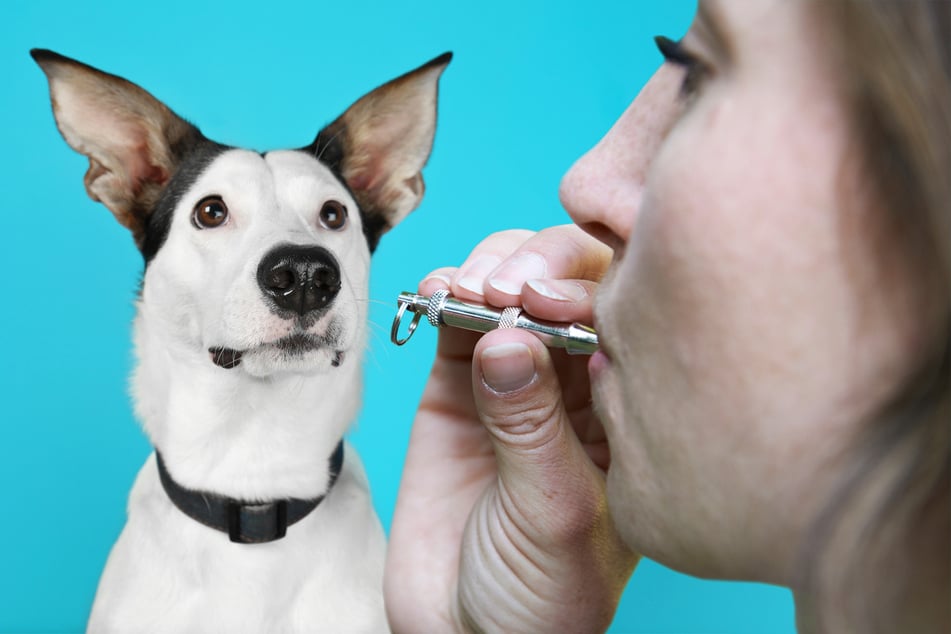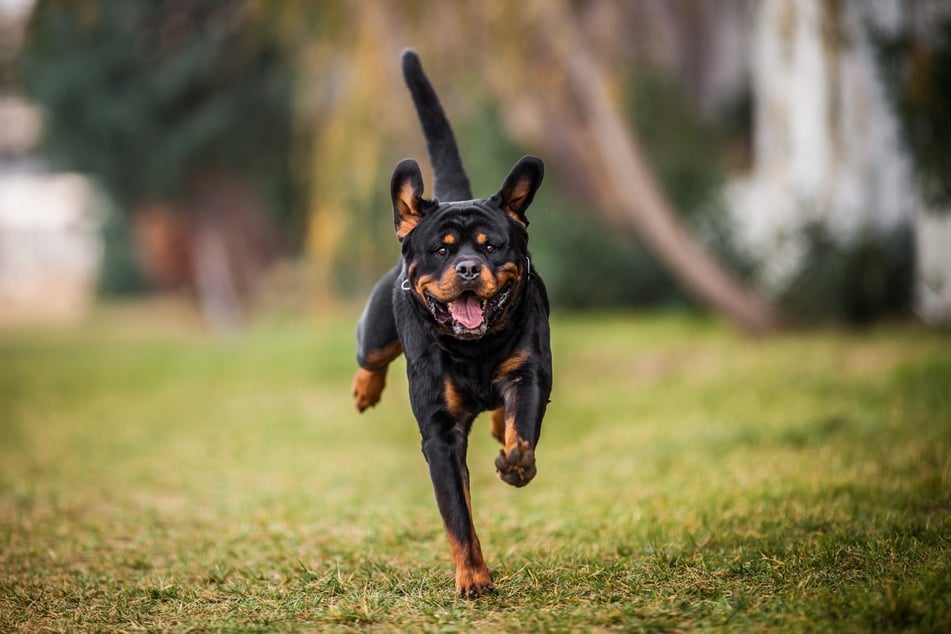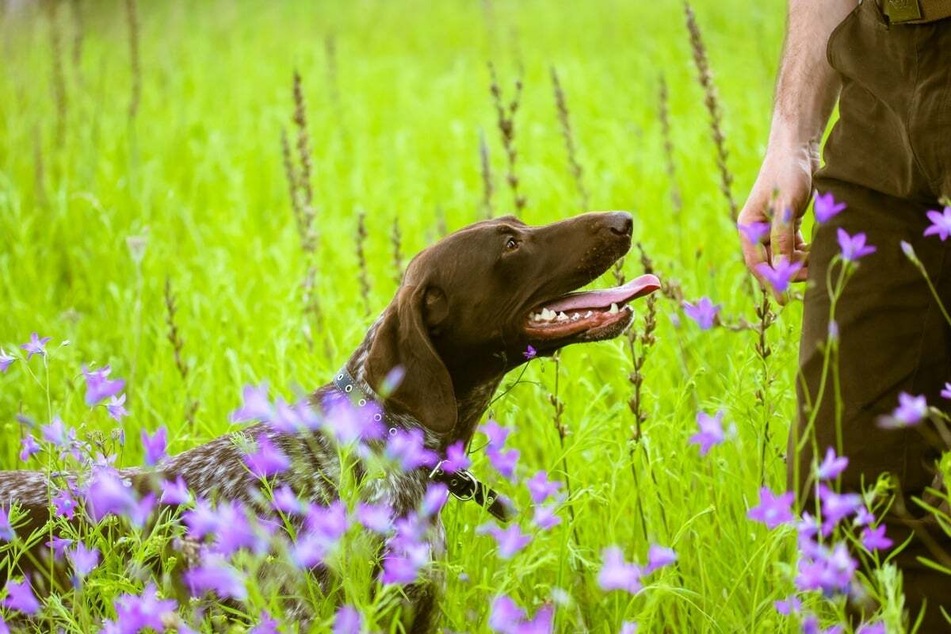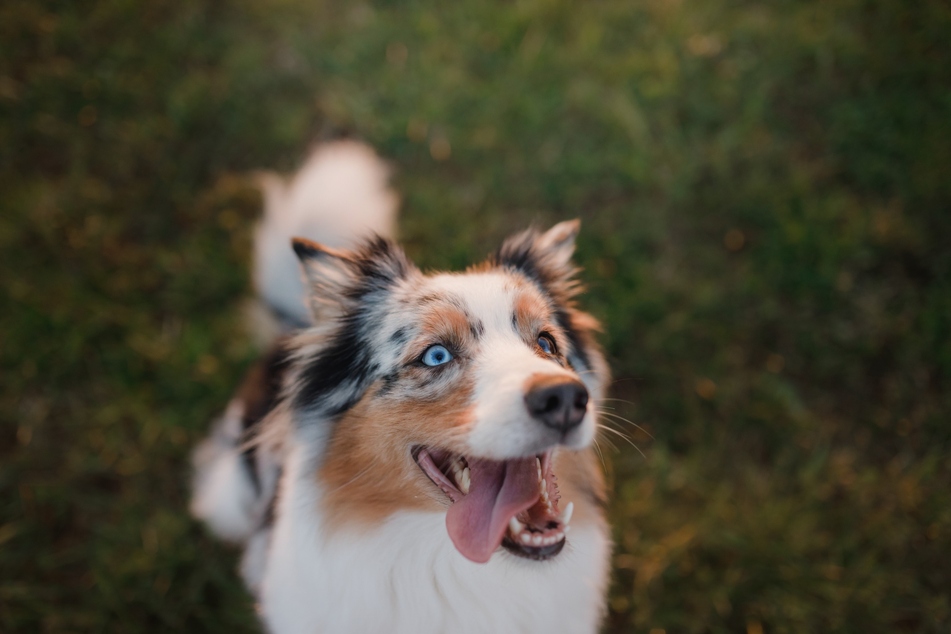Dog whistles: What are they, and how do they work?
Dog whistles are an incredibly common thing to see owners use, but what actually happens when you blow into one? What is a dog whistle really, how does it work, and do they actually help control your darling doggo?

When training your dog, it can sometimes be very hard to get its attention and focus on the task at hand.
Our canine companions are often very excitable and happy creatures, running around like crazy and lighting up like a house on fire.
For many, though, the answer is simple – if your pup has run off in the park, it's time to get out the dog whistle.
So what is a dog whistle, and how does it work? Often misunderstood and not properly used by dog owners, are dog whistles actually useful or is it all just a scam? Let's find out.
What is a dog whistle, and what does a dog whistle do?
A dog whistle is a small device that can be blown into to produce an ultrasonic sound that can be heard by your doggo. It is commonly used in the training of dogs as it emits a sound that will grab their attention, allowing you to call them back to you or issue your next command.
What's most important to understand about a dog whistle, though, is that it produces a sound that cannot be heard by humans but is heard sharply and clearly by dogs, cats, and a few other animals. As such, it performs the same functions as a normal whistle but without annoying your neighbors or other people at the park.
Dog whistles are useful as they provide something for your dog to focus on when necessary. This is particularly helpful when you are outdoors, as many stimuli may distract and confuse your doggo thus making it harder to control and harder to use words you have taught it like "sit," or "no."
If successfully used, your dog whistle can:
- Give you the freedom to let your dog run around with the assurance that it will return to you when you blow the whistle.
- Provide a disciplinary measure that will make your dog stop whatever it is doing, allowing you to quickly get it under control.
- Dog whistles can be heard over a few hundred feet away, making them useful even when your dog is a decent distance away from you.
- With less emotion in the sound of a dog whistle than in the sound of your voice, you don't risk making your dog think that you're angry at it.
- Allow you to control your pup without risking the annoyance of fellow humans.
In summary, dog whistles are extremely useful things that help to control dogs and keep them safe when out and about. They are worth an investment and extremely easy to use.
Dog whistle? Haven't I heard of that before? The term "dog whistle" is also a commonly used political term. It is defined in the Merriam-Webster dictionary as "an expression or statement that has a secondary meaning intended to be understood only by a particular group of people."

How does a dog whistle work?
Dog whistles work by emitting a high-frequency noise that attracts the attention of dogs while not being heard by humans. To a person, the sound of a dog whistle is simply the sound of someone blowing into a tube – a little bit of muffled air, but not much else. To a dog, though, it's immediately recognizable.
Of course, we don't know exactly what it sounds like because it is impossible for us to hear the sound that our dogs perceive. What we do know, however, is that it is a high-pitched sound that can vary both in frequency and intensity. The most useful training associated with dog whistles is recall training, as a whistle will signal to your dog that it needs to return to you.
While humans can't hear the noise, it seems that dogs react extremely strongly to it, seeming to perk up and come running at its call. According to scientists at the University of Adelaide, dogs can "hear sound frequencies at least three times as high compared to people."
What frequency is a dog whistle?

The standard dog whistle will sit somewhere between 23 and 54 kHz with the human hearing range topping off at around 20 kHz. While there aren't really any cat whistles, cats can hear as high as 64 kHz. By always making sure that the frequency is higher than 20kHz, the manufacturer of a dog whistle guarantees that humans will not be able to hear the sound.
Interestingly, different dogs will prefer different whistles that call out at different frequencies.
It might seem strange to have a whistle "preference," but it kind of makes sense in the same way that different tones in music will create different emotions within humans.
As such, it is a good idea to try a few different dog whistles to find out which one your canine companion seems to prefer!
Do dog whistles hurt dogs?
No, dog whistles will not hurt your dog or make them feel any form of discomfort. Of course, different dogs will feel differently about the sound, and any loud noise risks hurting your dog's ears, but the whistle itself will not cause harm. Many people believe that dogs dislike whistles or that it is cruel to blow a whistle at your dog, but this simply isn't true.
If your dog seems to be distressed when you use a dog whistle then, of course, slow down with the whistle and take a break for a while. Take your doggo to the veterinarian and get its ears checked out by a professional. In the case that your dog clearly hates it, then maybe stop whistling at them.
In the end, it really should all come down to the opinion of your vet. They are the professionals, so in all matters relating to your dog's health, they are the ones to ask.

How to use a dog whistle
To use a dog whistle, simply hold the device to your mouth and blow into it, moderating the volume by increasing or decreasing the flow of air. It is an extremely simple and easy-to-understand process, and one that we doubt you will struggle with. Of course, you should keep the use of your dog whistle to situations in which it is appropriate.
There are a number of situations in which you can use a dog whistle:
- To stop barking: If your dog is barking loudly and constantly, a dog whistle can be perfect for getting it to calm down and stop. Just don't do it in a way that will scare or frighten your pupper.
- To recall your dog: The most common use of a dog whistle is to get the pooch to come back to you when you are out and about. By training your dog to return upon the sound of the whistle, you are guaranteed to always have a way to keep track of your dog.
- Training: Use dog whistles in training to get your dog to complete different maneuvers. Do this from a young age as part of puppy training, or to get your dog to complete tricks during agility training. You can also use a whistle instead of a clicker.
It is worth noting that dogs will respond to dog whistles no matter whether they are your dog's or someone else's. Keep that in mind and moderate your use when you're around other people's canine companions.
Dog whistles can be worth the investment
Available at most pet stores for a very minimal price, dog whistles are well worth the couple of bucks they will cost. They don't cause your dog any harm, won't bother any humans, and will work wonders when it comes to controlling your perfect pooch while out for a casual stroll.
Useful for training and exercise, there are many different applications for a dog whistle. It will make your life as a dog owner easier for sure, and is something well worth giving a go!
Cover photo: Collage: 123RF/Highwaystarz/Serezniy





